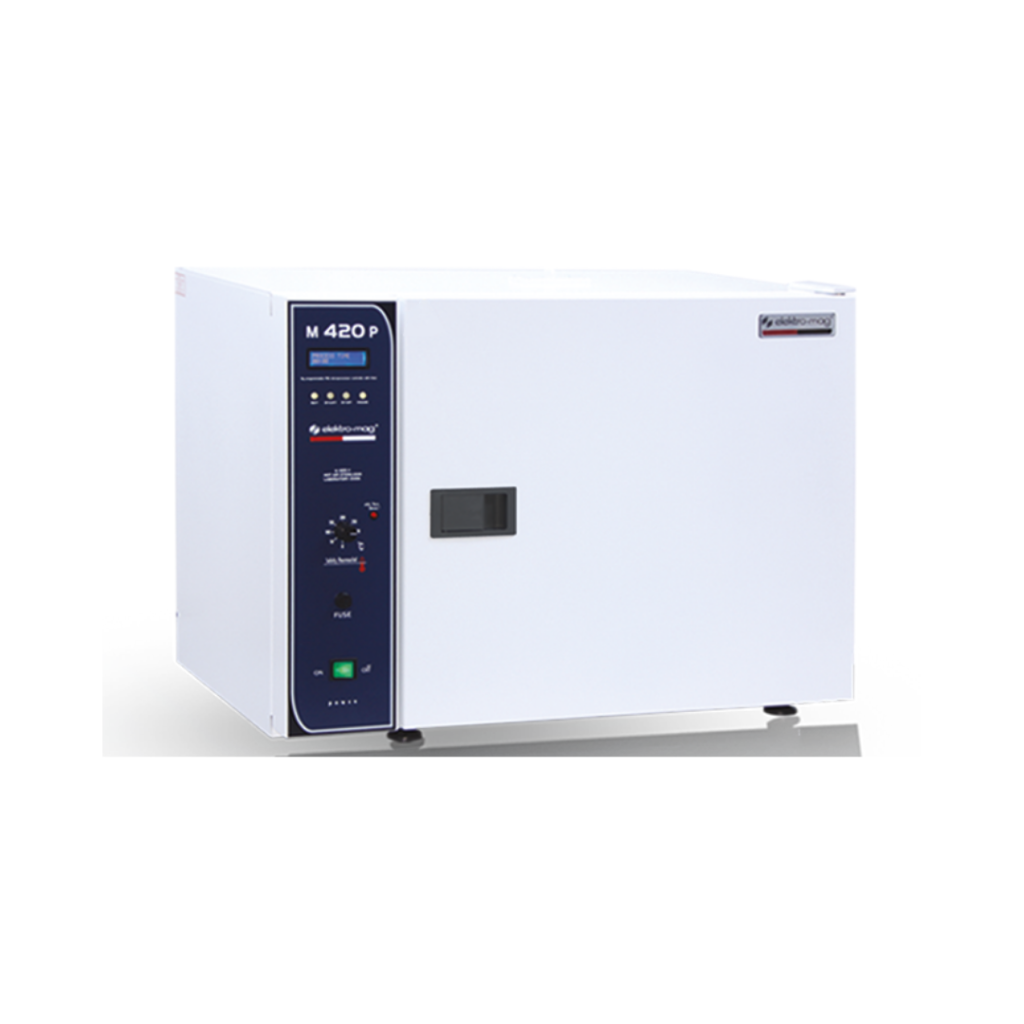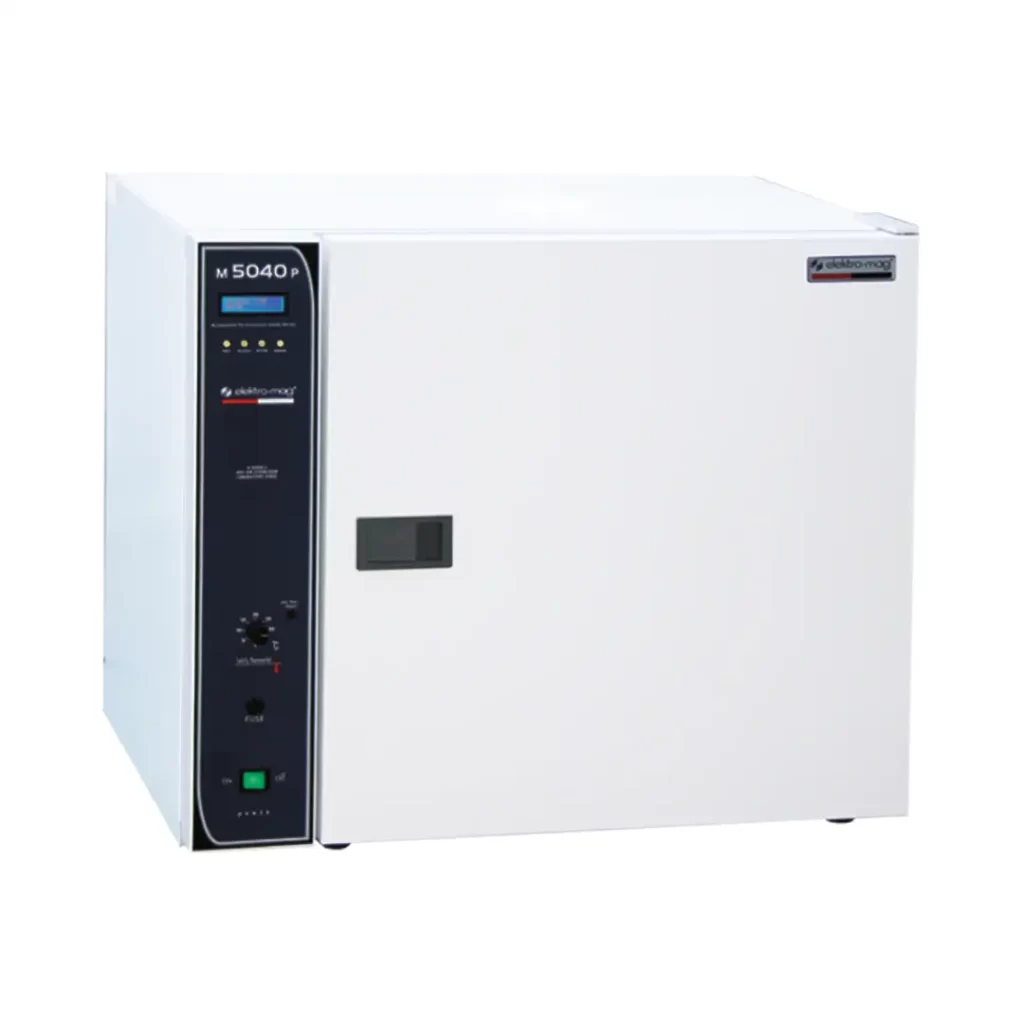Understanding Hot Air Sterilizers
Hot air sterilizers function as vital tools in microbiology. They are essential in guaranteeing aseptic conditions for various lab applications. Let’s explore the basic theories and uses of these sterilization tools and hot air sterilizers.
High Velocity Hot Air Sterilizers
Rapid Sterilization using Uniform Heating Distribution
High-performance sterilizers using hot air are distinguished by their capability to speed up air circulation and ensure uniform and even heat distribution throughout all sterilization chambers. This unique feature is crucial to the effectiveness and reliability of the sterilization procedure used by different laboratory equipment and tools. Promoting uniform heat dispersion sterilizers provides a space that ensures that every piece of equipment within the chamber is exposed to the desired amount of heat exposure.
Read More
This method of careful planning is crucial to getting thorough sterilization and eliminates the possibility of contamination with microbes from laboratory instruments. The accuracy of the heat distribution does not just enhance the effectiveness of sterilization. Further, it demonstrates the reliability of high-speed hot air sterilizers to maintain a clean laboratory. Professionals and researchers in microbiology benefit from the superior abilities of sterilizers like these, assuring the authenticity of their research and creating a controlled laboratory conducive to accurate scientific findings.
Hot Air Sterilization: Oven and Temperature
Hot Air Sterilization Oven
Often referred to as hot-air ovens, these devices are known for creating an extremely controlled and safe environment to sterilize using heat. Their crucial role goes beyond sterilization; they are guardians of the safety of various laboratory equipment. With the precise setting options, the hot air ovens ensure their sterilization procedure isn’t just efficient and seamless in the wider environment of lab workflows. Their diverse utility extends to many applications, making them essential for scientific research and experiments.
Apart from their main purpose of eliminating microbial contaminants in the air, hot ovens serve as guardians of the integrity of the laboratory. Creating and maintaining conditions conducive to sterilization ensures the integrity of experiments and the efficiency of the instruments they are designed to work with. Scientists and lab professionals profit from the ability to sterilize and the constant and controlled conditions maintained in these ovens. In the end, the reliability and longevity of laboratory equipment are maintained, contributing to the overall effectiveness and reliability of scientific endeavors. The significance of hot ovens is greater than their function as sterilization tools, making them essential parts of accurate and reliable laboratory procedures.
Optimizing Sterilization Temperature
Optimizing the temperature of sterilization within the hot-air sterilizers is essential in ensuring an efficient and dependable sterilization result. This process is based on the precise exposure of substances to precisely calibrated temperatures. The aim is not just to expose the objects to heat but to create an environment where microbial contamination is systematically eliminated. The precision of controlling temperature is essential to create an environment for research that goes beyond mere cleanliness and is a true absolute sterility.
Hot air sterilizers can effectively eliminate any microbial threat by exposing objects to higher temperatures within this well-controlled framework. The importance of this careful temperature control is its ability to create an environment in the laboratory that is more than a superficial perception of cleanliness. Instead, it creates a sterile environment that ensures the possibility of microbial resurgence is reduced and ensures the highest standards of hygiene in the laboratory.
Comparing Autoclave and Hot Air Sterilizer
Understanding the Differences
Carefully examining and understanding the differences between hot air sterilizers is crucial in determining the best sterilization technique for your specific laboratory requirements. Autoclaves, which rely on steam, and hot air sterilizers that use high temperatures are two distinct methods of achieving sterilization.
Differentiating between the two methods requires an examination of their operating fundamentals, their effectiveness in removing contaminants, and their application to various substances. The differences in their performance can be crucial when deciding which one is most compatible with the specific demands of a lab. This decision-making process will guarantee optimal sterilization outcomes and improve laboratory processes’ overall effectiveness and efficiency.
Applications of Hot Air Sterilizers in Microbiology
Ensuring Sterility of Laboratory Tools
Hot air sterilizers, frequently described as essential instruments in microbiology, show their unmatched use in keeping the purity of laboratory equipment glassware, glassware, and various substances essential to obtain accurate laboratory results.
Microbiologists, who are responsible for the accuracy and reliability of their work, often use sterilizers using hot air because of their capability to create a sterile atmosphere. This goes beyond the standard cleanliness and removes potentially harmful contaminants that could affect research integrity. The benefits of hot air sterilizers, thus, go much further than sterilization. They protect the credibility and accuracy of microbiological research.
Operating Principle of Hot Air Sterilizers
Creating Aseptic Conditions
The basic principle behind hot air sterilizers involves raising an air temperature to an established degree. Precisely controlling the environment’s temperature isn’t solely about removing microbial contamination, it is also about establishing an aseptic, controlled lab environment.
To heat the air at an exact temperature, hot air sterilizers ensure that the laboratory is aseptic and clean of visible contaminants. This commitment to establishing an environment in which the chance of microbial contamination is reduced sets the stage for research at the top of its game. The working principle is evidence of the dedication to scientific rigor and search for knowledge in an environment where sterility ist an objective and also a norm.
In conclusion, hot air sterilizers play a crucial role in microbiology research beyond the superficial level of sterilization. They act as the architect of laboratory environments where the sterility level is maintained, which contributes to the effectiveness of the lab, its reliability, and the credibility of various laboratory applications.
Elektro-mag Hot Air Sterilizers
High Quality Product
Elektro-mag hot air sterilizers are high quality products with their quality, precise temperature control, homogeneous heat distiribution and evidence of homogeneous temperature values of inner chamber. This enable our products as preferable hot air sterilizers all over the world.


